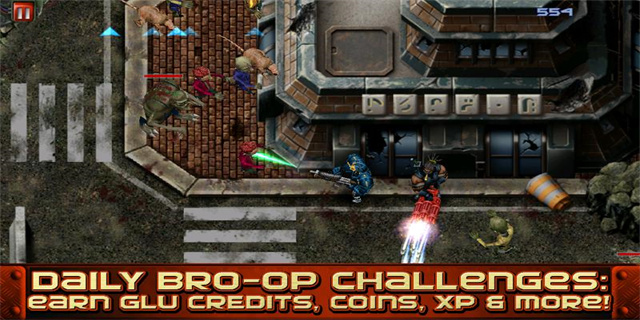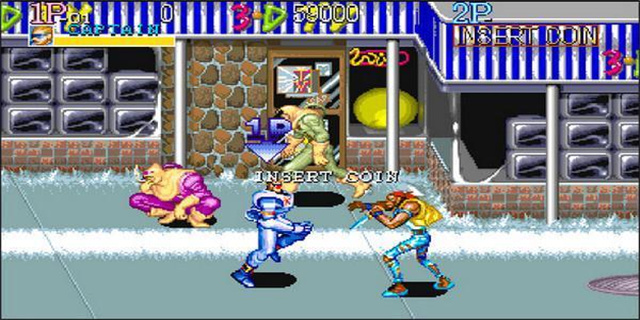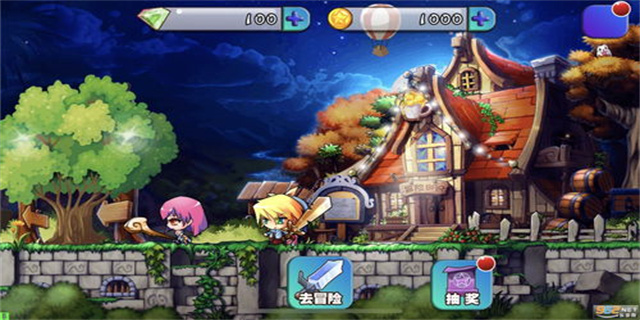Markdown Document Format: A Simple and Efficient Way to Create Well-Structured Documents
Introduction
In today's digital world, creating and sharing documents has become an essential part of our daily lives. Whether you are a student, a professional, or an entrepreneur, you need an efficient way to organize and present information. This is where Markdown Document Format (MDF) comes into play. In this article, we will explore what MDF is, its benefits, and how to use it effectively.
What is Markdown Document Format?

Markdown Document Format, commonly known as MDF, is a lightweight markup language that aims to make it easy to create and format plain text documents. It was created by John Gruber in 2004 with the philosophy of \"writing for the web.\"
MDF uses simple and intuitive syntax to allow users to focus on the content without getting distracted by complex formatting options. It uses a plain text format with minimal formatting indicators, making it easily readable in its raw state.

The Benefits of Using MDF

MDF offers several benefits that make it an attractive choice for creating well-structured documents:
1. Simplicity: The syntax of MDF is simple and easy to understand, even for non-technical users. It uses basic text characters to represent formatting elements, such as # for headings, * for emphasis, and - for bullet points.
2. Versatility: MDF can be used to create various types of documents, including articles, reports, documentation, presentations, and even websites. It supports the inclusion of images, hyperlinks, and tables, allowing for rich content creation.
3. Portability: MDF files are plain text documents that can be opened and edited on any device or platform without the need for specialized software. This makes it easy to collaborate and share documents with others.
4. Consistency: With MDF, you can maintain consistency in the formatting of your documents. The use of predefined styles and formatting elements ensures that the document structure remains uniform throughout, enhancing readability and visual appeal.
5. Compatibility: MDF can be easily converted to other document formats like HTML, PDF, or Word using dedicated converters. This enables seamless integration with existing workflows and tools.
How to Use MDF Effectively
When using MDF, it is essential to follow some best practices to create well-structured and visually appealing documents:
1. Use Headings: Use the appropriate heading levels (#, ##, ###) to structure your document. Headings provide hierarchy and help readers navigate through the content.
2. Emphasize Text: Use asterisks (*) or underscores (_) to emphasize text. Italicize text by surrounding it with a single asterisk or underscore, and bolden text by using double asterisks or underscores.
3. Create Lists: Use hyphens (-) or asterisks (*) to create bulleted lists, and numbers followed by periods to create numbered lists. Lists help organize information and improve readability.
4. Insert Links and Images: Use a specific syntax to insert hyperlinks and images in your document. This allows you to provide additional information or visual elements for better understanding.
5. Separate Sections: Use horizontal rules (---) to separate sections within your document. This helps visually divide content and improves overall document structure.
6. Preview and Refine: Use a Markdown editor or online converter to preview your document in real-time. Make necessary adjustments to formatting and structure to achieve the desired result.
7. Collaborate and Share: Share your MDF document with others, as it can be opened and edited using any plain text editor. Use collaborative tools or version control systems to collaborate effectively.
Conclusion
Markdown Document Format (MDF) provides a simple, efficient, and versatile way to create well-structured documents. It offers numerous benefits, including simplicity, portability, and compatibility. By following best practices, users can effectively utilize MDF to create visually appealing documents.
So, if you want to enhance your document creation process and improve readability, give Markdown Document Format (MDF) a try and experience the power of simple yet structured documentation.















